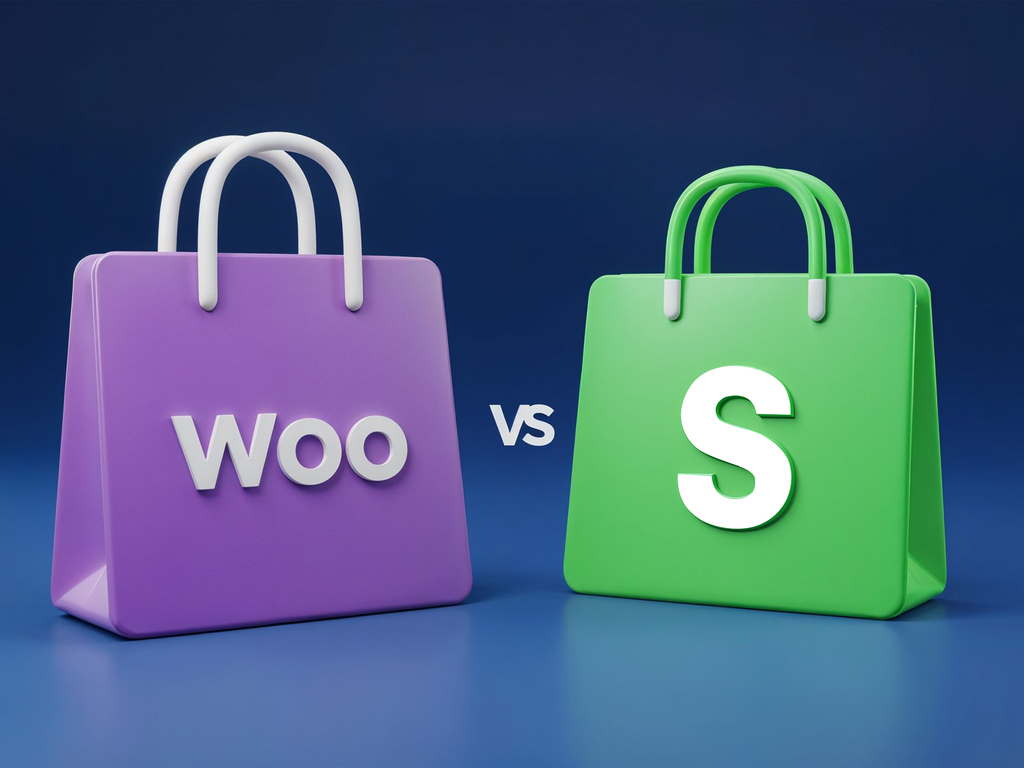
Understanding WordPress Block Themes
In the ever-evolving landscape of WordPress, themes play a pivotal role in shaping the visual and functional aspects of a website. Traditionally, themes were static and often required complex coding for customization. However, the advent of block themes has revolutionized the way we create and manage content in WordPress. This blog will delve into the nuances of block themes, exploring their uses, benefits, compatibility, availability, development, integration with page builders, future trends, and potential disadvantages.
What are WordPress Block Themes?
Block themes are a new category of themes that utilize the block editor, known as Gutenberg, introduced in WordPress 5.0. Unlike traditional themes, which rely on PHP templates and the classic editor, block themes are designed to leverage the full potential of blocks for content creation and layout design.
Blocks are modular components that allow users to add various content types—such as text, images, galleries, buttons, and more—into a single layout. Block themes enable users to customize their entire site using these blocks, including headers, footers, sidebars, and content areas, all without needing to write code.
Uses of WordPress Block Themes
Dynamic Layout Creation: Block themes allow users to create complex and visually appealing layouts by simply dragging and dropping blocks into place. This flexibility empowers users to design unique pages without relying on preset templates.
Enhanced User Experience: The responsive design capabilities of block themes ensure that websites look great on all devices, from desktops to mobile phones, providing a seamless experience for users.
Simplified Content Creation: Non-technical users can easily create and edit content without needing to understand coding or advanced web development skills. This democratization of web design has made it more accessible to a wider audience.
Benefits of Block Themes
a. Customization
Block themes offer unparalleled customization options through block patterns and templates. Users can create reusable blocks and patterns to maintain consistency across their site, making design efforts more efficient.
b. Improved Performance
Due to their simplified architecture and optimized code, block themes generally offer faster load times compared to traditional themes. This performance boost enhances user experience and can positively impact SEO rankings.
c. Enhanced Editing Experience
With the block editor, users can see their changes in real-time, making the editing process more intuitive and user-friendly. The visual editing capabilities enable quick adjustments and immediate feedback.
d. Accessibility
Many block themes come with built-in accessibility features, ensuring that websites are usable for individuals with disabilities. This focus on inclusivity aligns with modern web standards and best practices.
Compatibility
Block themes are designed to work seamlessly with WordPress’s existing ecosystem. They are compatible with the latest WordPress versions and can integrate with popular plugins. Additionally, block themes utilize Full Site Editing (FSE), which allows users to edit all areas of their website from one interface, making it easier to maintain consistency.
Availability of Block Themes
Block themes can be found in various places:
WordPress Theme Directory: Many free block themes are available in the official WordPress theme repository.
Third-Party Providers: Numerous premium block themes can be purchased from theme marketplaces like ThemeForest and TemplateMonster.
Examples of Popular Block Themes: Notable block themes include Twenty Twenty-Two, Blocksy, and Astra, each offering unique features and customization options.
Development of Block Themes
Creating block themes requires a solid understanding of the block editor and its underlying framework. Here’s a brief overview of the development process:
Theme Structure: Block themes follow a specific folder structure, including files like style.css, index.php, and various template parts. Developers can create custom templates using block patterns.
Tools and Frameworks: Developers can use tools like the WordPress CLI and local development environments (e.g., Local by Flywheel, XAMPP) to streamline their workflow.
Best Practices: Following WordPress coding standards, optimizing for performance, and ensuring accessibility should be top priorities when developing block themes.
Page Builders and Block Themes
The rise of block themes has sparked a conversation about their relationship with traditional page builders like Elementor and Beaver Builder.
Comparison: While page builders provide extensive customization options, block themes offer a more integrated experience within the WordPress ecosystem. Block themes reduce the need for heavy page builders by enabling users to design layouts directly in the block editor.
Integration: Users can still leverage page builders alongside block themes if they prefer. However, many find that block themes fulfill most design needs without the additional overhead.
Benefits: By using block themes, users can take advantage of the core WordPress features, leading to better performance and easier updates.
The Future of WordPress Block Themes
The future of WordPress block themes is promising. Here are some trends to watch:
Increased Adoption: As more users embrace the block editor, the demand for block themes will grow, leading to more innovative designs and features.
AI and Machine Learning: Future developments may see the integration of AI-driven customization tools, allowing users to generate layouts and designs based on content type and user behavior.
Community Growth: The WordPress community will likely continue to expand its resources and support for block themes, including tutorials, plugins, and forums dedicated to this new approach.
Disadvantages of Block Themes
Despite their numerous benefits, block themes have some drawbacks:
Learning Curve: Users accustomed to traditional themes may face a learning curve when transitioning to block themes and the block editor.
Customization Limitations: While block themes offer extensive customization options, they may not provide the same level of control as dedicated page builders for complex designs.
Compatibility Issues: Some older plugins or themes may not be fully compatible with block themes, potentially leading to functionality challenges.
Performance Considerations: For highly complex layouts, block themes may impact performance if not optimized correctly, particularly with excessive block usage.
Conclusion
WordPress block themes represent a significant advancement in how websites are designed and managed. They empower users with flexible, intuitive tools that enhance the content creation process. As the WordPress ecosystem continues to evolve, block themes are set to play an increasingly vital role in web development.
For users and developers alike, embracing block themes offers the opportunity to create stunning, user-friendly websites while staying ahead of the curve in web design trends. Whether you’re a seasoned developer or a newcomer to WordPress, exploring the world of block themes is sure to enhance your web development experience.




